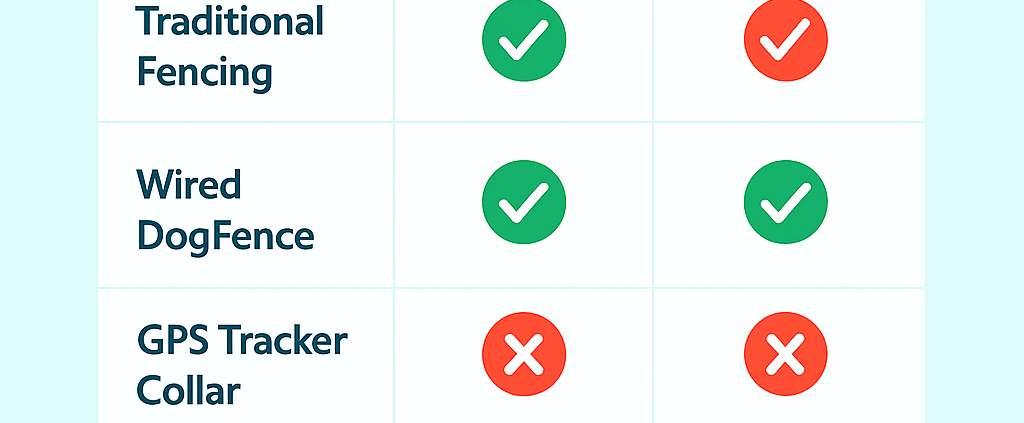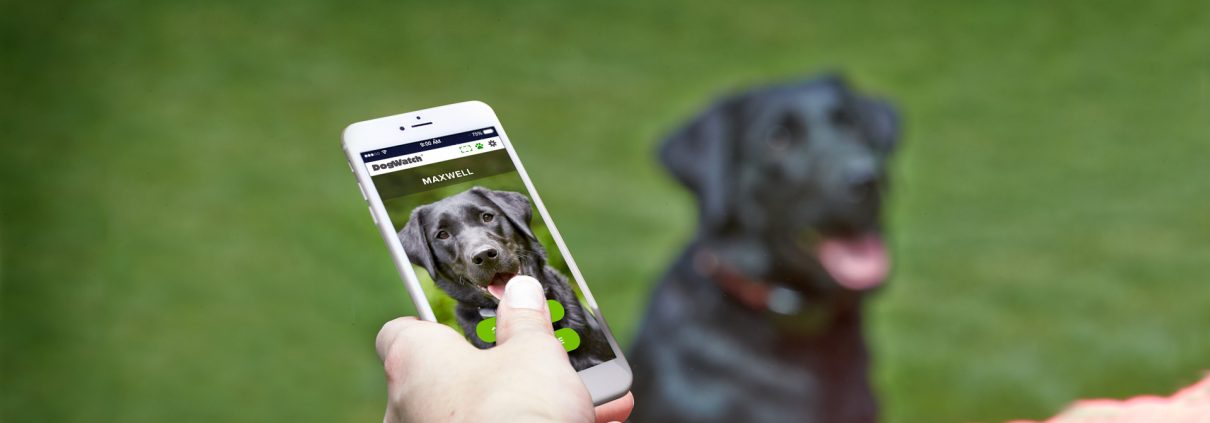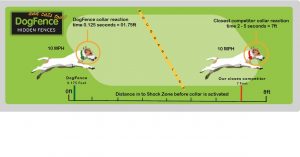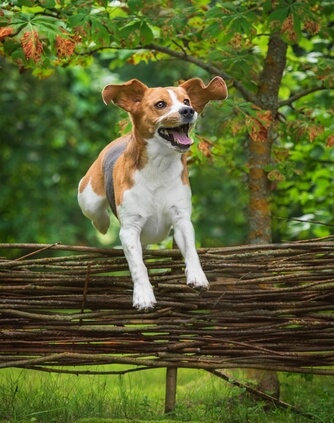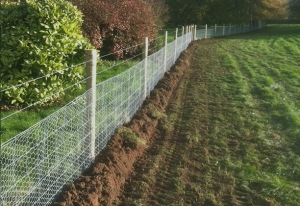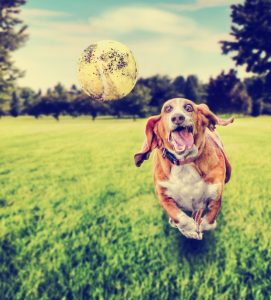Why traditional and GPS dog fences fail
Why Traditional and GPS Dog Fences Fail — The Truth Every Pet Owner Needs to Know
Keeping our dogs and cats safe at home is every pet owner’s top priority — but why traditional and GPS dog fences fail is a critical truth many people overlook. While these solutions seem like convenient or familiar options, they often provide a false sense of security and can lead to heartbreaking consequences. In this guide, we’ll break down exactly why traditional and GPS dog fences fail, the hidden dangers behind them, and what truly works to keep your beloved pet safe and happy.
Why Traditional and GPS Dog Fences Fail: The Hidden Truth
Traditional fencing and hedging
Traditional fencing might seem like an obvious choice, but it isn’t escape-proof. Dogs can dig under or jump over even the sturdiest fence, and cats are famous for scaling almost any barrier with ease. Hedges can hide gaps at the base, especially where wildlife has created tunnels, creating a false sense of security.
Moreover, repairs can become costly and stressful, especially after multiple escape attempts.

Cats can easily scale traditional fences and GPS collars are heavy and inaccurate.
Why wireless dog fences disappoint
Wireless dog fences promise a quick, easy installation without digging. However, they rely on a circular boundary, which rarely suits the shape of UK gardens. Interference from trees, hedges, walls, and slopes can create unreliable or inconsistent boundaries.
Many dogs simply run through these zones when excited or scared. Once your dog crosses the line, they may not return due to the correction they receive on re-entry.
GPS dog fences and tracker collars: The critical misunderstanding
It’s crucial to understand the difference between tracking and containment.
GPS dog fences and GPS tracker collars do not stop your pet from leaving; they only show you where your pet has gone after they’ve escaped. Signal delays and coverage gaps can make these systems unreliable, especially in wooded or rural areas.
A heartbreaking real-world example:
“I bought a GPS collar hoping it would keep my cat safe. One night, the tracker took me to a road where I found her injured and had to put her to sleep. It didn’t prevent her from getting there.” — Story shared on East Dulwich Forum.
This tragic story highlights exactly why traditional and GPS dog fences fail when you need them most.
The risks of inadequate containment
When containment fails, the consequences can be severe:
-
Traffic accidents
-
Attacks on livestock or wildlife
-
Theft or loss
-
Stressful recovery attempts
-
Possible legal liabilities for owners
Why Wired Dog Fences Work: Proven, Reliable, and Safe
Wired electronic dog fences stand out because they offer consistent boundary signals, long battery life, and professional setup with expert training. Unlike GPS or wireless systems, they are not affected by trees, slopes, or interference, ensuring reliable containment in any garden. Our wired systems are also DEFRA tested and approved for safety and welfare. With our professional installation and training service, your pet learns clear, safe boundaries quickly and happily.
Why Choose a Wired Dog Fence?
- 100% Consistent — no confusion for your pet
- Long battery life
- Keeps pets safe in their garden
- Protects livestock and wildlife
- Pets stay safe and enjoy freedom
- Reduces stress for the owner
- Lifetime warranty for peace of mind
How different containment options compare
To help visualise why traditional and GPS dog fences fail, we created this simple, clear infographic comparing popular options. You can also read more in detail on our GPS and wireless dog fence comparison page.

See why traditional and GPS dog fences fail compared to the proven effectiveness of wired dog fences for pet safety
Why a DEFRA-tested wired dog fence is the safe choice
A professionally installed, wired electronic dog fence — like our DogFence system — offers:
✅ DEFRA approval, guaranteeing compliance with animal welfare standards.
✅ Effective containment for both dogs and cats.
✅ Adaptable to any garden shape, terrain, or landscaping.
✅ Reliable training with clear boundaries your pet understands.
✅ Peace of mind for you and freedom for your pet.
What our customers say
“This system has transformed our lives. Our spaniel Molly used to jump the fence constantly. We tried reinforcing it and even bought a GPS collar, but nothing worked. With DogFence, she now enjoys the garden safely, and we have total peace of mind.” — Verified Google Review
Call us today to find out what really works
The evidence is clear: why traditional and GPS dog fences fail comes down to one fact — they don’t truly contain your pet before danger strikes.
If you want reliable, proven protection, a DEFRA-tested wired dog fence is the safest and most humane solution.
Request a free quote today or
call us now on 01628 476475.
Your pet deserves the very best.

